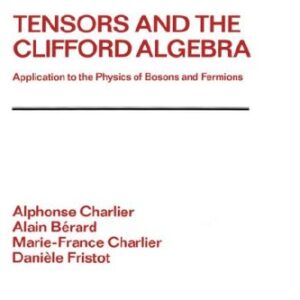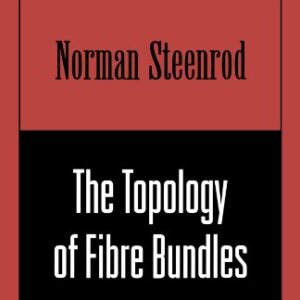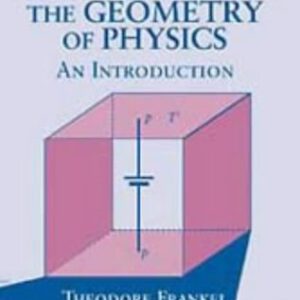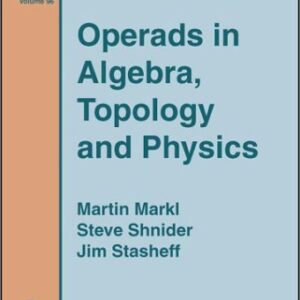Quantum mechanics underpins a variety of broad subject areas within physics
and the physical sciences from high energy particle physics, solid state and
atomic physics through to chemistry. As such, the subject resides at the core
of every physics programme.
In the following, we list an approximate ?lecture by lecture? synopsis of
the different topics treated in this course.
1 Foundations of quantum physics: Overview of course structure and
organization; brief revision of historical background: from wave mechan-
ics to the Schr?odinger equation.
2 Quantum mechanics in one dimension: Wave mechanics of un-
bound particles; potential step; potential barrier and quantum tunnel-
ing; bound states; rectangular well; !-function potential well; Kronig-
Penney model of a crystal.
3 Operator methods in quantum mechanics: Operator methods;
uncertainty principle for non-commuting operators; Ehrenfest theorem
and the time-dependence of operators; symmetry in quantum mechan-
ics; Heisenberg representation; postulates of quantum theory; quantum
harmonic oscillator.
4 Quantum mechanics in more than one dimension: Rigid diatomic
molecule; angular momentum; commutation relations; raising and low-
ering operators; representation of angular momentum states.
5 Quantum mechanics in more than one dimension: Central po-
tential; atomic hydrogen; radial wavefunction.
6 Motion of charged particle in an electromagnetic ?eld: Classical
mechanics of a particle in a ?eld; quantum mechanics of particle in a
?eld; atomic hydrogen ? normal Zeeman effect; diamagnetic hydrogen and quantum chaos; gauge invariance and the Aharonov-Bohm effect; free electrons in a magnetic ?eld ? Landau levels.
7-8 Quantum mechanical spin: History and the Stern-Gerlach experi-
ment; spinors, spin operators and Pauli matrices; relating the spinor to
spin direction; spin precession in a magnetic ?eld; parametric resonance;
addition of angular momenta.
9 Time-independent perturbation theory: Perturbation series; ?rst and second order expansion; degenerate perturbation theory; Stark effect; nearly free electron model.
10 Variational and WKB method: Ground state energy and eigenfunc tions; application to helium; excited states; Wentzel-Kramers-Brillouin method.
11 Identical particles: Particle indistinguishability and quantum statis-
tics; space and spin wavefunctions; consequences of particle statistics;
ideal quantum gases; degeneracy pressure in neutron stars; Bose-Einstein
condensation in ultracold atomic gases.
12-13 Atomic structure: Relativistic corrections; spin-orbit coupling; Dar-
win structure; Lamb shift; hyper?ne structure; Multi-electron atoms;
Helium; Hartree approximation and beyond; Hund?s rule; periodic ta-
ble; coupling schemes LS and jj; atomic spectra; Zeeman effect.
14-15 Molecular structure: Born-Oppenheimer approximation; H2+ ion; H2
molecule; ionic and covalent bonding; molecular spectra; rotation; nu-
clear statistics; vibrational transitions.
16 Field theory of atomic chain: From particles to ?elds: classical ?eld
theory of the harmonic atomic chain; quantization of the atomic chain;
phonons.
17 Quantum electrodynamics: Classical theory of the electromagnetic
?eld; theory of waveguide; quantization of the electromagnetic ?eld and
photons.
18 Time-independent perturbation theory: Time-evolution operator;
Rabi oscillations in two level systems; time-dependent potentials ? gen-
eral formalism; perturbation theory; sudden approximation; harmonic
perturbations and Fermi?s Golden rule; second order transitions.
19 Radiative transitions: Light-matter interaction; spontaneous emis-
sion; absorption and stimulated emission; Einstein?s A and B coefficents;
dipole approximation; selection rules; lasers.
20-21 Scattering theory I: Basics; elastic and inelastic scattering; method
of particle waves; Born approximation; scattering of identical particles.
22-24 Relativistic quantum mechanics: History; Klein-Gordon equation;
Dirac equation; relativistic covariance and spin; free relativistic particles
and the Klein paradox; antiparticles and the positron; Coupling to EM
?eld: gauge invariance, minimal coupling and the connection to non- relativistic quantum mechanics; ?eld quantization.

![[PDF] Advanced Quantum Physics Ben Simons](https://pdfelite.com/wp-content/uploads/2024/04/ba280455bb8a80aabcc5bb2f649037d0-g.jpg)




Reviews
There are no reviews yet.